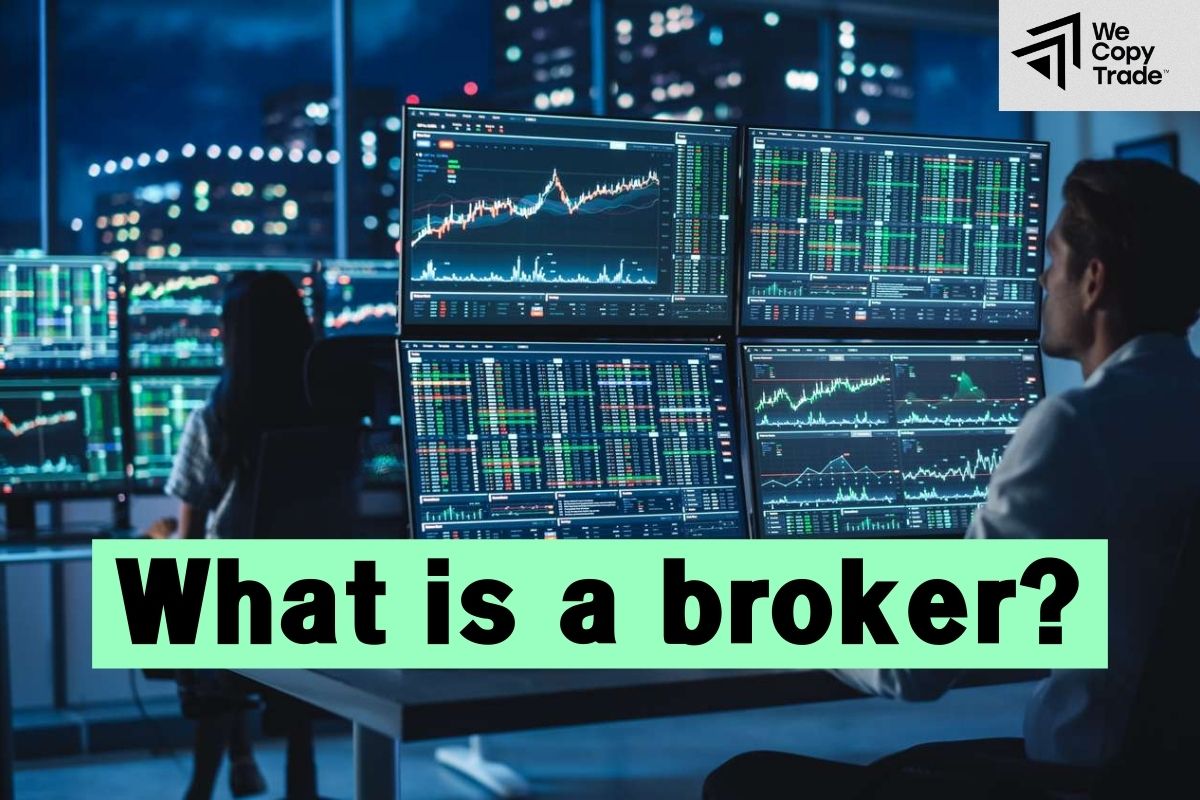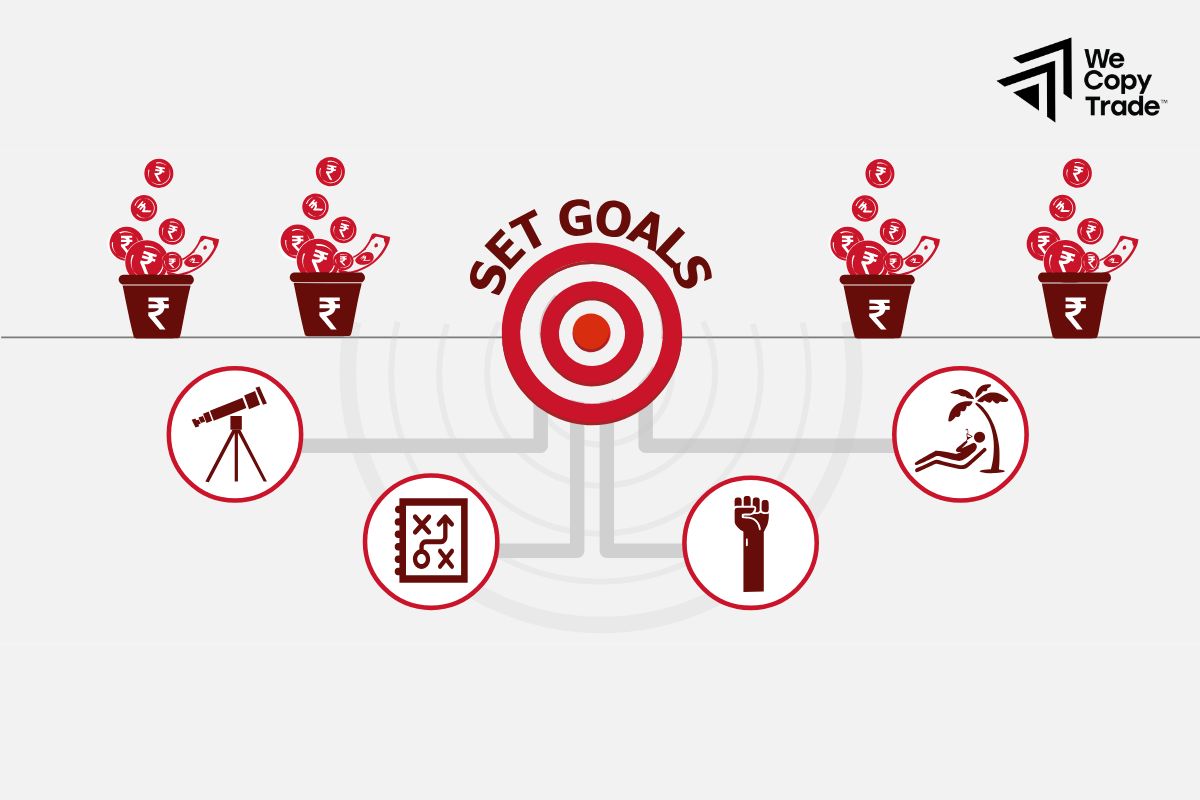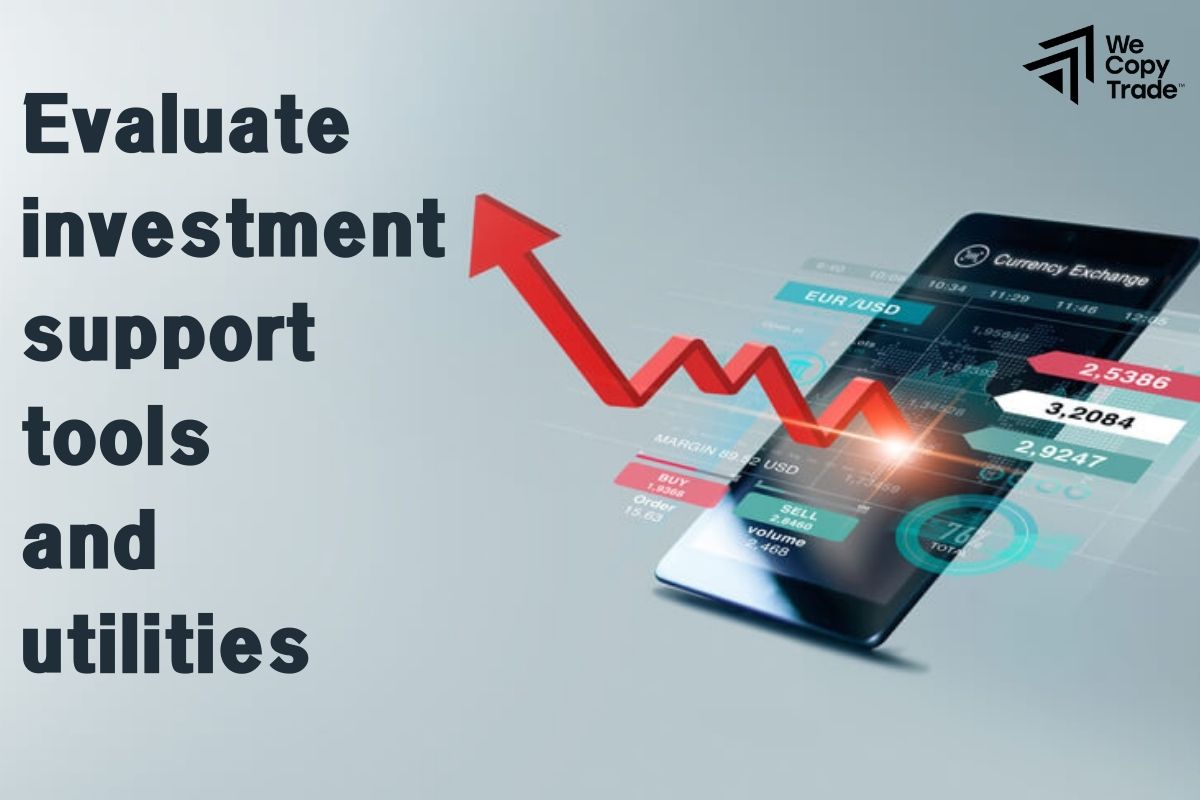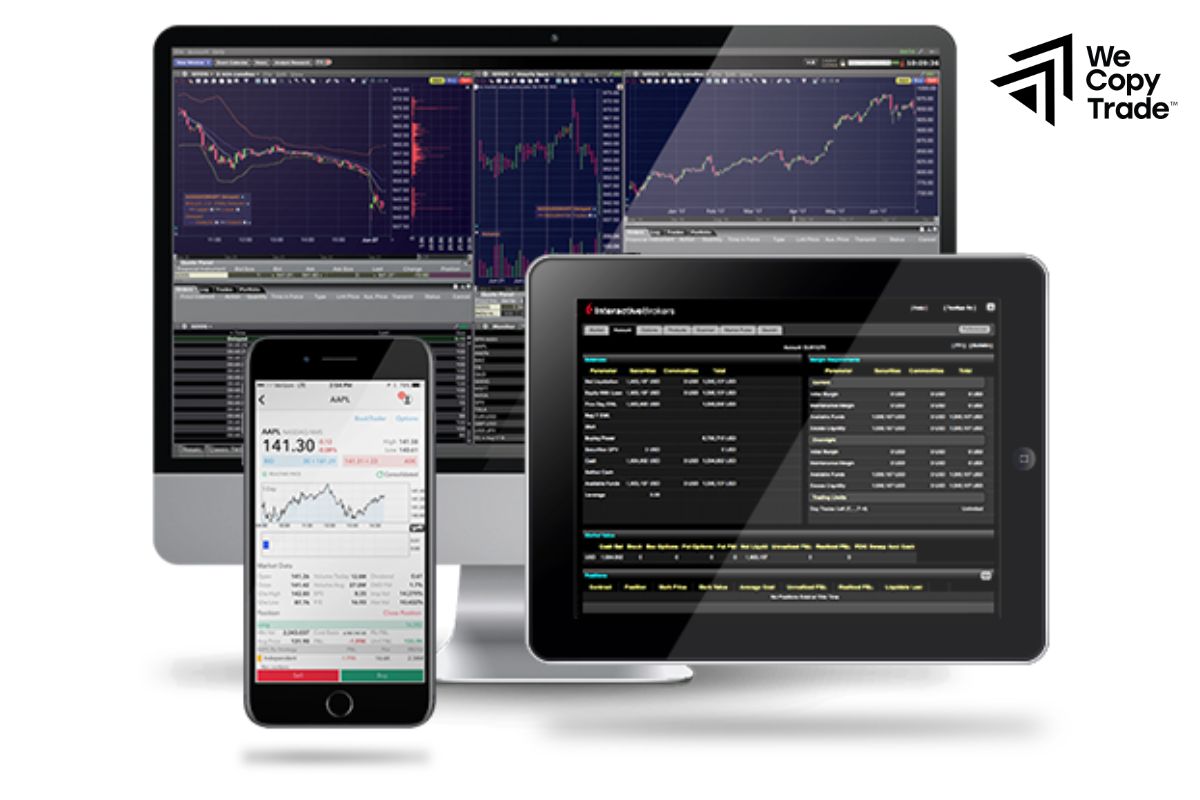With so many brokers to choose from, do you really know how to choose a broker? Don’t believe in the media hype too much. Just understand the influencing factors in the following article, and consider carefully, I am sure you will easily find a broker that best suits you.
What is a broker?

Brokers are simply companies, organizations or individuals that act as a link between customers and trading platforms, helping you advise and execute orders to buy or sell stocks. There are two main types of brokers:
- Direct brokers: These are large, reputable brokerage firms that regularly interact directly with customers. They execute transactions themselves and provide full services to customers. Examples include TD Ameritrade, Capital One and Fidelity.
- Agency brokers: These act as intermediaries, connecting customers with a larger broker. The services and support of agency brokers are often more limited than those of direct brokers.
See now:
- Identify a licensed broker – How to choose a safe broker
- Top 9 Best Crypto Payments Gateways for Business 2024
- What are eWallets? Top 5 Forex eWallets you should know
- Credit or Debit Cards in Trading? Which one is better?
Types of Forex Brokers and How They Work
When you enter the Forex market, you will encounter brokers operating under different models. Here are some common types:
Market Maker
A broker who deals with your orders himself. This means that when you buy, the broker sells and vice versa. Market makers usually have an intuitive, easy-to-use trading interface. However, there can be conflicts of interest, as the broker’s profits come from your losses.
STP (Straight Through Processing)
A model where your trading orders are sent directly to large liquidity providers in the market, without the intervention of the broker with low latency, fast order execution, and often lower transaction costs. However, prices can slip in volatile market conditions.
DMA (Direct Market Access)

Works similarly to STP, but DMA allows investors to send orders directly to the market. With high transparency, investors have complete control over their trading orders. Note that the conditions of this type require investors to have certain knowledge and experience in the market.
ECN (Electronic Communication Network):
This is a form of using an electronic system to connect investors together, automatically matching buy and sell orders with high transparency, low transaction costs, and good liquidity. But may require a larger initial deposit.
How to Choose a Broker For Trading
How to choose a broker the most trustworthy broker to entrust your trading assets, you should definitely not skip the following steps:
Step 1: Understand your investment goals and style
First, you need to determine your goals and trading style to know how to choose the right broker. If you are still wondering how to determine, please refer to the following goals and trading styles:

- Long-term investment: With the main purpose of building assets over a long period of time, usually for retirement or achieving a major financial goal. You can choose to buy stocks of companies that you believe are undervalued compared to their real value or of companies with high growth potential in the future.
- Active Trading: Investors will buy and sell multiple times a day to take advantage of short-term price fluctuations or buy when prices are rising and sell when prices peak, or vice versa with the aim of making short-term profits by frequently buying and selling stocks.
- Automated Trading: Quickly and accurately execute orders through pre-programmed algorithms and strategies.
Step 2: Choose a Broker That Suits Your Needs
After you have determined your investment style, you need to carefully study the features that a broker offers to make the right decision.
Account Types:
- Individual accounts are the most popular type of account, for individual investors.
- Retirement accounts help you save for the future with many tax benefits.
- Custodial accounts are used to invest on behalf of children.
- 529 plans are dedicated to saving for college expenses.
- Trust accounts invest with the money in the trust fund.
Trading Platforms:
- Web Platform: Easy to use, access anytime, anywhere.
- Desktop Platform: Full functionality, many analytical tools.
- Mobile Platform: Convenient for people who travel frequently.
Asset Types:
- Stocks: Owning a part of a company.
- Bonds: Lending money to companies, governments.
- ETFs, Mutual Funds: Baskets of Different Securities.
- Options, Futures: High-Risk, High-Return Derivatives.
- Commodities: Investing in Gold, Oil, Agricultural Products, etc.
- Cryptocurrencies: Bitcoin, Ethereum, etc.
- Alternative Investments: Real Estate, Art, etc.
Step 3: Evaluate the fees and account terms

After you have chosen the right investment style and account type, you need to carefully understand the costs and terms offered by the broker.
Types of fees:
- Account fee: This is the monthly fee you pay to maintain your account.
- Commission: The fee incurred each time you make a buy or sell transaction.
- Margin rate: The interest rate you pay when you borrow money from the broker to increase the size of your transaction.
- Transaction fee: A fixed fee for each transaction, regardless of the transaction amount.
- Advice fee: A fee for personal investment advice.
Step 4: Evaluate investment support tools and utilities
After choosing the right broker, you need to learn carefully about the tools and utilities that the broker provides to support your investment process.

- Regarding research: the broker provides research reports, technical and fundamental analysis of companies and markets to help you better understand investment opportunities. Some brokers allow you to access famous research platforms such as Morningstar, Benzinga.
- Charting tools: use charts (Japanese candlesticks, lines, bars …), technical indicators and drawing tools to analyze price trends, determine buy and sell points.
- Screening tools: help you quickly search for stocks that meet certain criteria such as price, profit margin, market capitalization …
- Order execution time: Does the broker execute your transaction orders quickly? This is important for short-term traders.
- Trading Hours: Does your broker allow you to trade outside of regular trading hours?
- Order Types:
- Market Order: Buy/Sell immediately at the current price.
- Limit Order: Buy/Sell when the price reaches a desired price.
- Stop Order: Buy/Sell when the price reaches a certain price.
- Contingent Order: Buy/Sell when more complex conditions are met.
- One-cancels-the-other (OCO) Order: If one order is executed, the other is automatically canceled.
- One-triggers-the-other (OTO) Order: If one order is executed, the other is triggered.
Step 5: Secure Your Account
When choosing a broker, it is important to ensure the security of your account. Here are some factors to consider:
- FDIC insurance protects your cash in the event of a bank failure (standard coverage is $250,000).
- SIPC insurance protects your investments (stocks, bonds, etc.) in the event of a brokerage firm failure (standard coverage is $500,000).
- The broker should have tools to detect and prevent fraudulent activity on your account and increase the security of your account by requiring phone or email verification when logging in.
Step 6: Experience the Trading Platform

After carefully considering factors such as fees, security, and features of the broker, you should take the time to experience their trading platform firsthand. You will know how to navigate the platform, how to place orders, how to view charts, how fast and stable the platform’s execution speed is. You will know if the platform has all the features you need, such as charting tools, market news, trading reports, etc. You will also know how to contact customer support and their response time.
How to Experience the Platform:
Most brokers offer a free demo account so you can practice trading with virtual money. Many brokers offer online courses to guide you through the platform, or you can ask questions and request support to better understand the platform.
Step 7: Decide and Start Your Investment Journey

After carefully considering all the factors such as fees, security, features and user experience, you are ready to choose the broker that is best for you. You can use the services of different brokers to diversify your investment portfolio. For example, you can choose one broker that specializes in long-term investments and another broker that specializes in short-term trading.
If after a period of use, you feel dissatisfied with your current broker, you can absolutely switch to another broker. Most brokers support account switching and can assist you in this process.
Next steps:
- After choosing a broker that you like, you will need to complete the account registration process according to the broker’s instructions.
- You will need to provide personal information and necessary documents to verify your identity.
- You will need to fund your account to start investing.
- Take the time to familiarize yourself with the trading platform and investment tools.
- Place your first trades carefully and according to a plan.
Conclusion
In conclusion, each broker has its own pros and cons. To know how to choose a broker, you should consider the broker’s support features that you feel will best meet your needs.
See more:











